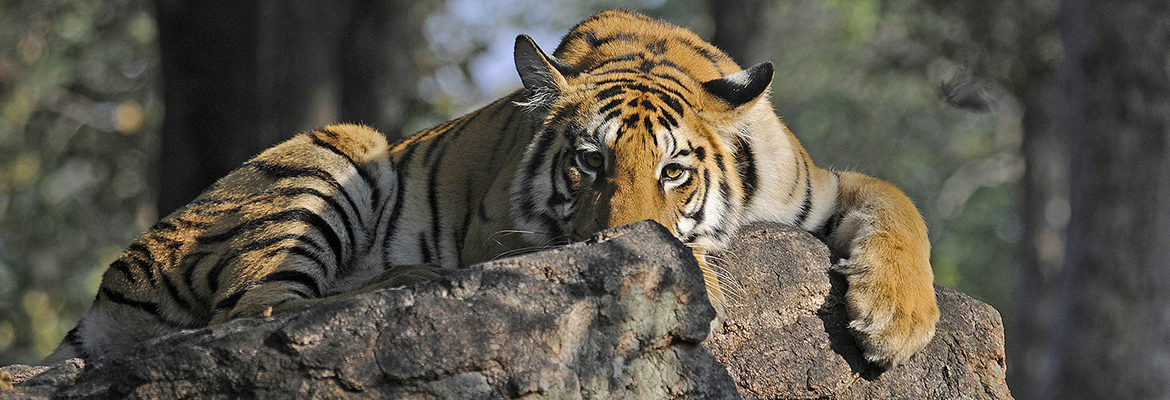What is the Save Our Tigers campaign?
The Save Our Tigers campaign was born out of a partnership between WCT, NDTV, Aircel and Sanctuary Asia. WCT’s role in the campaign was that of a conceptualiser and implementer. Now in its fourth season, the campaign has reached over 100 million people worldwide and generated INR 95 million in funding for tiger conservation. Support has poured in from all corners – the Chief Ministers of various states and celebrities including Amitabh Bachchan and Mahendra Singh Dhoni have appeared on television to voice their support for the campaign. Lakhs of children have participated in rallies, calling for the protection of India’s national animal. The Save Our Tigers campaign has been an unprecedented success, bringing tiger conservation to the forefront of India’s consciousness.
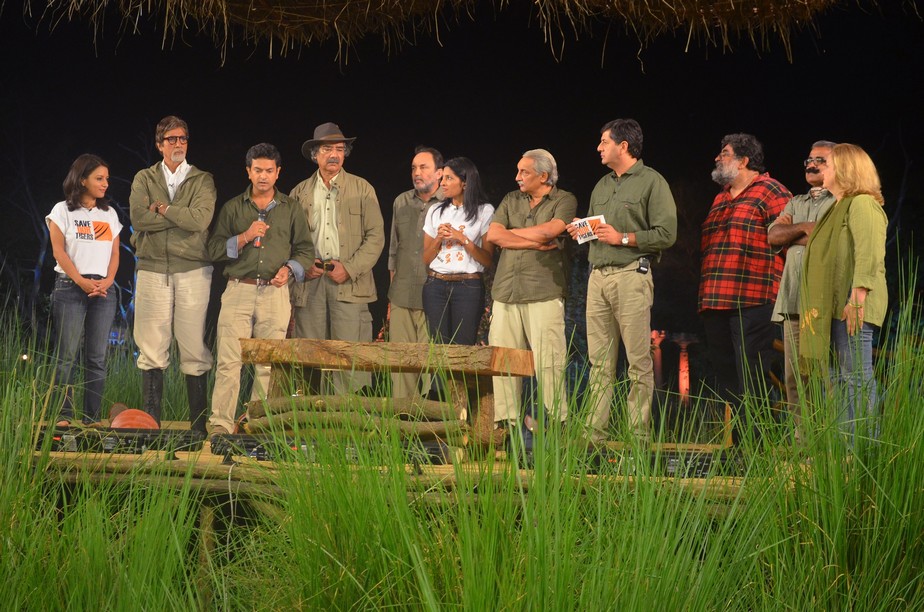
What did we achieve?
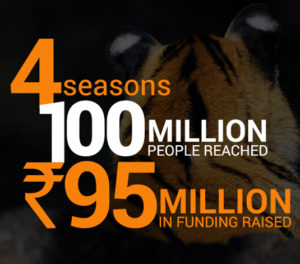
Rapid Response Units
- Specially-designed conflict mitigation vehicles designed & deployed across India.
- Unit includes a 4WD vehicles, 3 bikes and all equipment needed in an emergency.
- Helps forest staff respond to emergencies faster.
- Can be easily replicated by the government.
Equipping Anti-poaching Camps
- Strengthening forest guard camps in forests.
- Staff lack basic amenities.
- WCT donated essential equipment including Solar Integrated Systems and water filters.
- Hundreds of camps equipped across India.
Season 01 – Save Our Tigers Campaign
In the first year, a major public awareness campaign was held using hoardings and a 12-hour telethon on December 12, 2010. Donations were collected from the public with an end goal of creating Tiger Defence Units (TDU) in important tiger reserves across the country. A TDU would comprise:
- A conflict-mitigation unit to tackle human-animal conflict.
- Essential equipment for Anti-poaching Camps (APCs).
- A strong network of grassroot NGOs which would work with the forest department and local communities on conservation.
During Phase I of the campaign, 19.9 million INR was raised through public donations and Hemendra Kothari, Chairman, WCT contributed 25 million INR as well. The money (a total of 45 million INR) was used to develop conflict-mitigation units called Rapid Response Units.
What is a Rapid Response Unit?
A Rapid Response Unit (RRU) is a conflict-mitigation unit designed and deployed by WCT in parks across India.
An RRU comprises:
- A modified 4WD vehicle.
- Three motorbikes.
- 34 pieces of essential equipment including stretchers, first-aid kits, walkie talkies.
During season 1, 43 RRUs were donated to 30 tiger reserves.
WCT designed Rapid Response Units that have been donated to forest departments across India
……………………………………………………………………………………………………………………………………………………………….

Our Donors
A huge thank you to our donors for their support
Click here to view the list of the individuals and institutions that have donated to our cause
……………………………………………………………………………………………………………………………………………………………….

Receipts and Payments
Click here for a detailed look into the funds we received and used
……………………………………………………………………………………………………………………………………………………………….
Season 02 – Save Our Tigers Campaign
In 2012, a second 12-hour telethon was broadcasted on NDTV, reaching over 100 million in 74 countries. A total of 50.1 million INR was raised and the money channelled towards equipping Anti-poaching Camps and strengthening local NGOs as part of Phase II of creating TDUs in various parks.
What are Anti-poaching Camps?
Guards live, year-round, in remote huts called Anti-poaching Camps (APCs). These huts are placed so that guards can patrol the area around them but they lack even the most basic necessities such as electricity and a facility for clean water. Our guards needed our support and WCT responded.
We worked with forest departments to put together a list of the items needed in an APC. Using funds collected from the Save Our Tigers campaign, we equipped 731 APCs in 11 critical forests.
What goes into an APC?

Which NGO’s did we support?
1. Wildlife Protection Society of India (WPSI)
Funds were provided to the Wildlife Protection Society of India (WPSI), an NGO focussed on tackling the illegal wildlife trade, to conduct the following activities:

- Provide training to individuals/NGOs working on these issues around critical tiger habitats in Maharashtra and Madhya Pradesh.
Gather intelligence on wildlife crime in these areas. - Check electricity sub-stations for trip records.
- Check known poaching hotspots.
- Conduct awareness programmes in villages and promote their secret information reward scheme.
……………………………………………………………………………………………………………………………………………………………….
2. Wildlife First
Wildlife First was roped in to provide field training to frontline forest staff on:
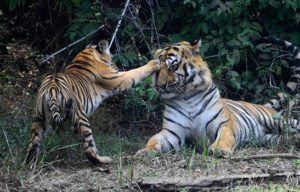
- Tracking and other anti-poaching tactics.
- Use and maintenance of weapons.
- Implementation of the Wildlife Protection Act (1972) and Criminal Procedure Code (1973).
They also committed to:
- Providing on-line legal support including professional legal advice for important cases and support to personnel when they face malicious legal proceedings as a consequence of discharging their protection duties.
- Giving rewards to deserving staff.
- Monitoring and sharing of actionable intelligence to prevent and detect wildlife offences.
……………………………………………………………………………………………………………………………………………………………….
3. Satpuda Foundation
The Satpuda Foundation, an NGO working in the Central Indian highlands, joined the campaign with a commitment to:
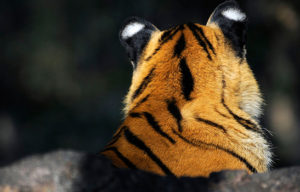
- Get communities involved in foot patrols in the buffer zones of tiger reserves in the Satpuda landscape. These teams will search for traps and snares and share information, if any, with officials.
- Train forest staff in law enforcement and assist during cases.
- Give rewards to villagers, Joint Forest Management Committees (JMFC), Eco-development Committees (EDC) and forest staff to motivate them.
……………………………………………………………………………………………………………………………………………………………….
4. Tiger Research and Conservation
The Tiger Research and Conservation Trust (TRACT), an NGO working in the Tadoba-Andhari Tiger Reserve was brought in to:
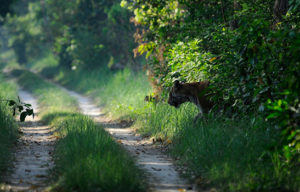
- Conduct field surveys in the buffer zone of the reserve and corridors.
- Monitor corridors for disturbance.
- Involve communities in conservation efforts.
- Create a community alarm system to alert forest officials if a wild animal entered human habitation.
……………………………………………………………………………………………………………………………………………………………….
Our Donors
Click here to view the list of the individuals and institutions that have donated to our cause
Season 03 – Save Our Tigers Campaign
In Season 3, the focus turned to policy. We created a Tiger Agenda and the people of India rallied for it to be passed. Over 1.1 million people signed the petition and their support resulted in the Chief Ministers of five states accepting the agenda.
Here’s what we asked for:
- Involve local communities in conservation
- Strengthen and modernize the forest departments to step up protection
- Improve human-animal conflict mitigation measures
- Protection of buffer-zones and corridors should be increased
- Zero tolerance approach to poaching
- Make political parties accountable for loss of biodiversity
Watch Save Our Tigers Telethon
Season 04 – Save Our Tigers Campaign
The current season of Save Our Tigers is all about spreading awareness and drawing attention to the critical issues facing our national animal.
We’re also highlighting some incredible wildlife defenders. These brave individuals were felicitated on Global Tiger Day 2015:
- Panchanan Nayak, an elephant tracker and daily wage worker from the Athgarh Forest Division, Odisha
- Kime Rambia, Range Forest Officer at the Tippi Range in the Pakke Tiger Reserve, Arunachal Pradesh
- Gopal Singh Karkee, Assistant Conservator of Forests, Ramnagar Forest Division in Uttarakhand
- Kimthanga, a beat forest officer at the Dampa Tiger Reserve, Mizoram
- Ravishankar C., Assistant Conservator of Forests at the Bandipur Tiger Reserve, Karnataka
- Roheet Karoo, Honourary Wildlife Warden, Nagpur District working in the Umred-Karhandla Wildlife Sanctuary
- Nazir Malik, a forester at the Dachigam National Park, Kashmir
- E.A. Kuttapan, (retired) head mahout at the Bandhavgarh Tiger Reserve, Madhya Pradesh
Header image © Dr. Anish Andheria
Your donations support our on-ground operations, helping us meet our conservation goals.
Related Links
- Reinforcing Forest Protection
- How a Water Heater Can Change and Save Lives
- Gharials: Living on the Riverine Edge
- Conservation Dogs Unit

